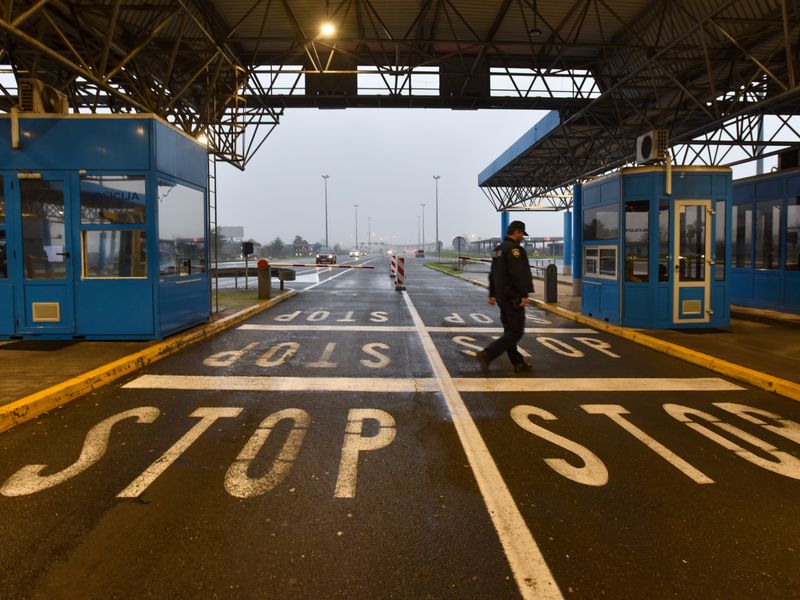LUXEMBOURG – A new electronic system for recording entries and exits from the European Union is expected to be implemented soon, but not in November as previously announced and certainly not simultaneously at all borders, Croatian Interior Minister Davor Božinović said on Thursday.
Commissioner for Home Affairs Ylva Johansson recently stated that the Entry/Exit System (EES) will start on November 8, but it turns out that not everything is ready to start then.
Germany, France, and the Netherlands, which account for about 40 percent of all border crossings in the EU, have not yet confirmed their readiness, emphasizing that the responsibility lies with the Agency for Operational Management of Large Information Systems in the Area of Freedom, Security and Justice (eu-LISA), which has not yet been able to guarantee system stability.
“Croatia is ready and it was among the first to declare its readiness. However, there is now a discussion about whether the central system at the EU level is ready, and I think we can now say that it will not be in November, nor will the system be introduced at all border crossings in all countries at once,” Božinović said after a meeting of EU member states’ interior ministers, where this issue was discussed, among other things.
The EES is a common electronic system that will record and store information on the date, time, and place of entry and exit of nationals of non-EU countries crossing EU borders, thereby definitively abandoning passport stamping.
It will automatically calculate the duration of the permitted stay of these third-country nationals and issue alerts to EU member states on the expiration of the permitted stay.
It will apply to individuals who need a visa for a short stay and to those coming from non-EU countries exempt from the visa requirement. (October 10, 2024.)
 go to the original language article
go to the original language article
